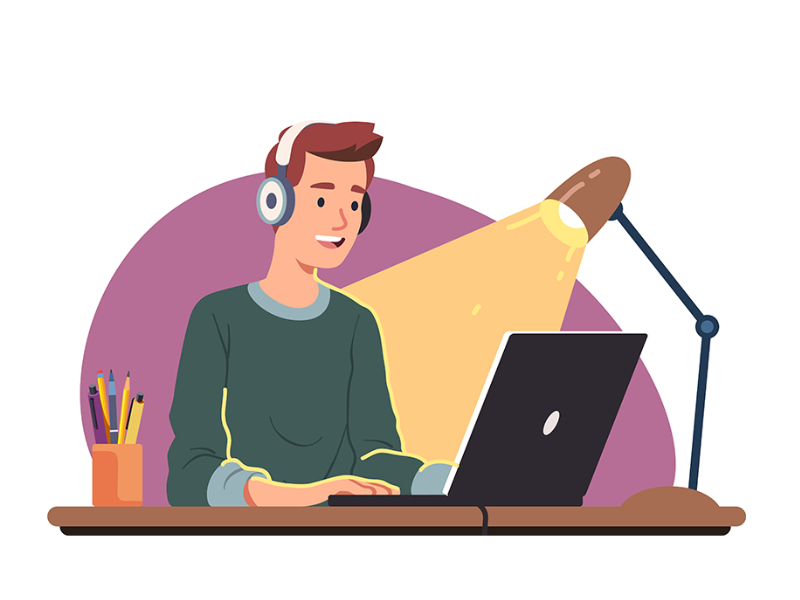In today’s relentless stream of notifications, deadlines, and digital overload, finding stillness can feel more like a task than a remedy. While traditional mindfulness often encourages quiet solitude, many busy minds struggle to find peace in silence alone. For those whose thoughts rarely pause, movement can offer a more natural way into mental clarity. We will explore how guided walks, particularly those crafted with intention and creativity, provide a grounding alternative for people constantly on the go. Rather than asking for silence, they offer a structured rhythm that accommodates the active mind while encouraging mental release.
A Moving Meditation for Active Thought Patterns
Not everyone finds comfort in sitting still. Stillness can feel more chaotic for many individuals, particularly those with high-energy mental patterns or stress-driven routines. The more they try to quiet their thoughts, the louder the internal dialogue becomes. That’s where movement occurs—not just as physical exercise but as a form of moving meditation. A free guided walking meditation meets the active brain halfway, offering structure without demanding mental suppression. The intentional pairing of walking with vocal guidance creates a sense of external direction, giving the mind something to latch onto while the body engages in repetitive, calming motion.
These experiences aren’t about zoning out or achieving a spiritual epiphany but about being present through motion. A well-crafted guided walk can incorporate music, narrative pacing, and motivational cues, creating a sensory rhythm that syncs with natural thought flow. It allows individuals to engage in a mindful experience without forcing their minds into stillness—a gentler, more sustainable form of mental clarity.
Structured Focus Reduces Cognitive Load
In a world where decision fatigue is real, guided walking routines eliminate the need for constant self-direction. People already spend much of their mental energy planning, strategizing, and evaluating every aspect of life, from daily work tasks to long-term goals. Regarding wellness, even something seemingly simple as “go for a walk” can become another decision point: Where should I go? How long should I walk? What should I think about? A guided walking session removes these variables by providing a planned structure that users can trust. This doesn’t just support physical consistency—it also reduces cognitive load, allowing the mind to rest from constant self-monitoring.
BlissTrax has leaned into this by crafting walks that offer just enough narrative engagement to occupy the brain while leaving space for reflection. The structure becomes a form of cognitive relief, transforming a simple walk into a space of permission to disconnect from responsibility and reconnect with inner rhythms.
Mindful Distraction Is Not the Enemy of Awareness
Traditional wellness advice often paints distraction as a vice to be overcome. However, mindful distraction can be valuable for many people with overstimulated minds. It’s not about avoidance but channeling attention into something positive and intentional. BlissTrax’s guided walks use soundscapes, motivational language, and narrative design to engage listeners without overwhelming them. Rather than trying to shut down thoughts, these sessions reroute attention toward grounding sensations: the rhythm of footsteps, the breeze on the skin, the cadence of a voice in your ear.
This form of guided awareness allows mental space to breathe. It welcomes distraction as a transitional tool, bridging chaos and clarity. It acknowledges that some minds need time and a pathway to slow down. Instead of guilt-tripping users for not achieving silence, these walking experiences offer gentle redirection, proving that presence isn’t always about stillness; sometimes, it’s about movement with intention.
A Better Fit for Nontraditional Schedules
Finding a time and place to sit quietly and meditate is not always feasible for people juggling work, caregiving, studies, or a combination of all three. BlissTrax guided walks offer a flexible solution that fits into real-life routines. Whether it’s a 15-minute lunch break or a walk from the bus stop to home, these sessions don’t require an overhaul of one’s schedule. They fit into existing pockets of time, turning mundane moments into mental refreshers. This portability is key for individuals who feel like wellness is a luxury they can’t afford in time, space, or mental bandwidth. A guided walk doesn’t ask you to remove yourself from your environment. Instead, it adapts to it. It works with the urban buzz, the neighborhood sounds, and the texture of your life. That grounded realism makes it far more sustainable for busy minds, who need solutions that honor their pace without slowing them down artificially.
Busy minds don’t need to be silenced to find clarity—they need to be met where they are and given tools that work with, rather than against, their natural flow. Guided walks provide a middle ground between movement and mindfulness that doesn’t demand forced stillness or perfection. BlissTrax has tapped into this balance by offering guided experiences that are portable, grounded, and emotionally supportive. Whether you’re navigating city streets or a park path, these sessions create an environment where mental release can happen without pressure.

